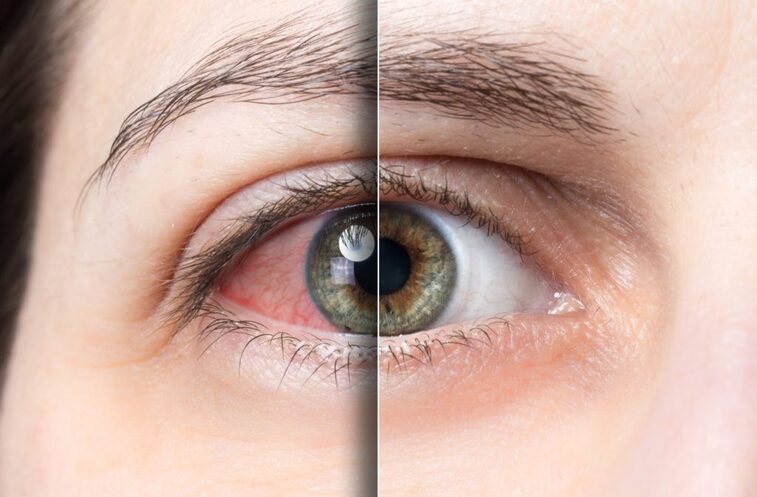
Thanks to today’s screen filled world, dry eye disease has spiked–
Based on the data from the National Health and Wellness Survey, 1 in 10 adults in the United States have been diagnosed with dry eye. Recent reports, however, show that as many as 7 in 10 adults have identifiable signs of dry eye disease. Like dental disease, a person must lose over 60% of their original tear function before they will exhibit any of the classic symptoms of dry eye disease.
Classic symptoms include: itching, redness, grittiness, sandiness, burning, stinging, eye fatigue, light sensitivity, excessive mucous build-up, or watering of the eyes. Dry eye can lead to decreased clarity of vision and increased risk of eye infections. Dry eye also represents the number one reason people can no longer successfully wear their contact lenses.
Take the dry eye quiz and learn about the revolutionary dry eye screening technology and cutting edge treatment options here at Spectacle.
Dry Eye Screening Tests
Meibography
Painless, infrared images of the meibomian glands. These glands normally produce an oily lubrication. This image is an example of normal meibomian gland structure.

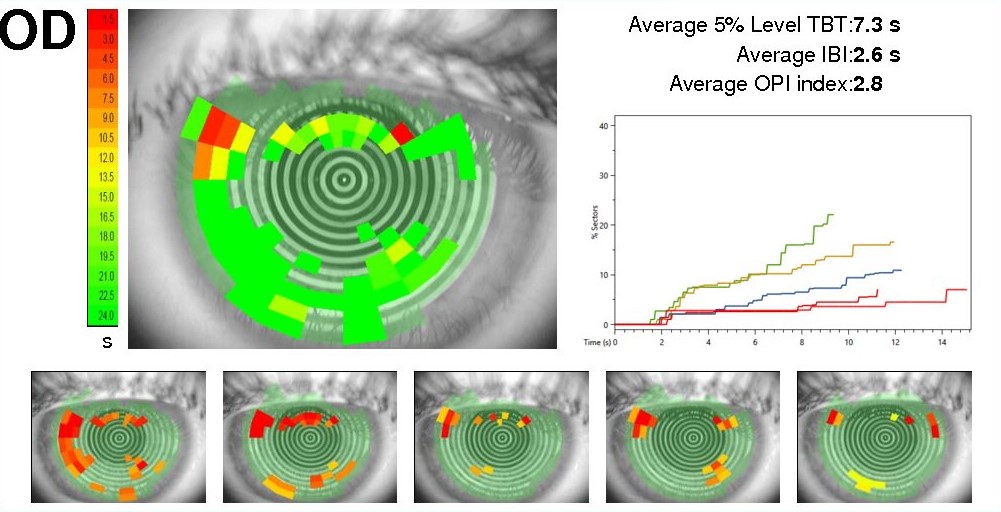
Tear Evaporation Time
After blinking, normal tears should coat the surface of the eye for at least ten seconds. Most people start having symptoms around the 5 to 7 second mark.
Tear Volume
The watery portion of our tears is intended to simply spread oil across the surface of our eye. If there’s not enough water, the oil will not be able to protect the eye from dryness.


Surface Dryness Dye Test
An eye-safe dye is added to your tears to make normally invisible dryness visible to your doctor. Don’t worry, the color fades quickly.
Corneal Sensitivity
The body reacts the same way to chronic dryness the same way it would a hand stuck on a hot stove – it loses its sensation in order to lessen the pain. We will test to see if this type of nerve loss has affected your eyes’ ability to produce tears.
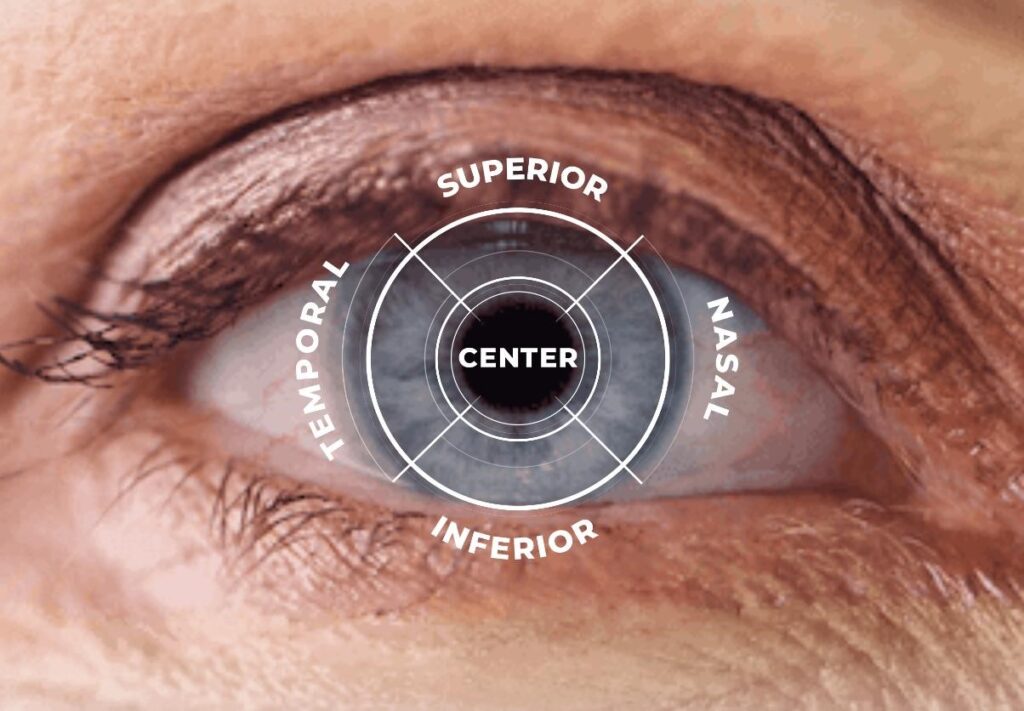
Modern Dry Eye Therapies
Amniotic Stem Cell Tear Regeneration
Cryopreserved donor tissue activates stem cells, improving tear volume and repairing ocular surface damage and sensation loss.

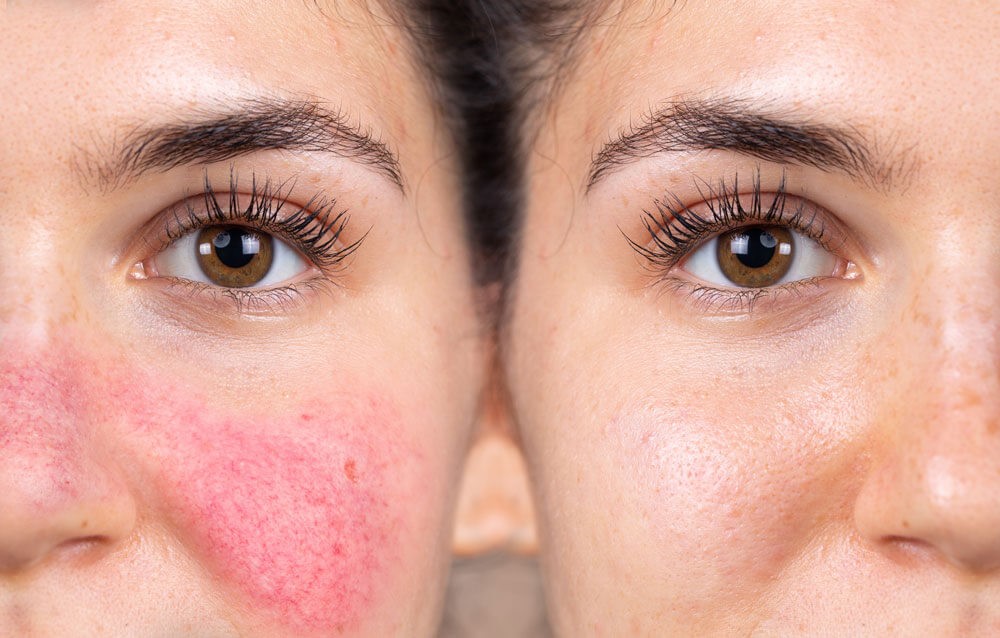
Intense Pulsed Light (IPL)
IPL delivers pulses of light to liquefy hardened oils and to shrink dryness causing blood vessels (rosacea). IPL also reactivates collagen and improves skin’s appearance.
Low Level Light Therapy (LLLT)
Photo activates oil gland cells, stimulating cell mitochondria and improving their overall function and thinning waxy build-up.

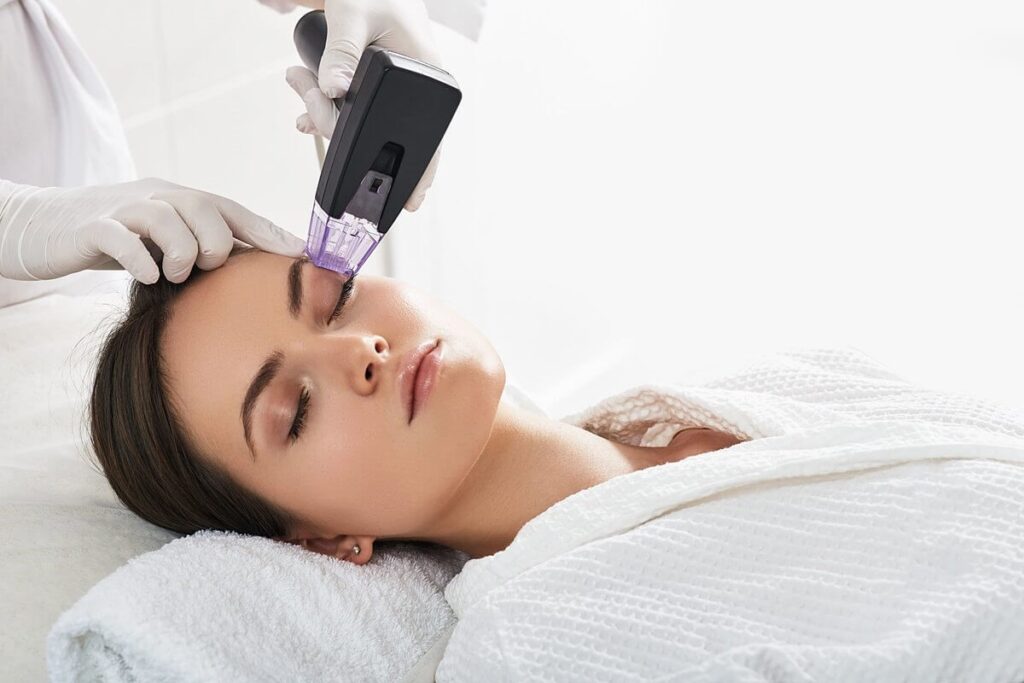
Radiofrequency (RF)
Stimulates meibomian glands to produce more natural oils. Also reactivates collagen, reducing fine lines and wrinkles.
Meibomian Gland Expression (MGE)
Manual oil gland cleaning of lower eyelids only. Great diagnostic tool
for determining the best course of ongoing oil gland therapy.
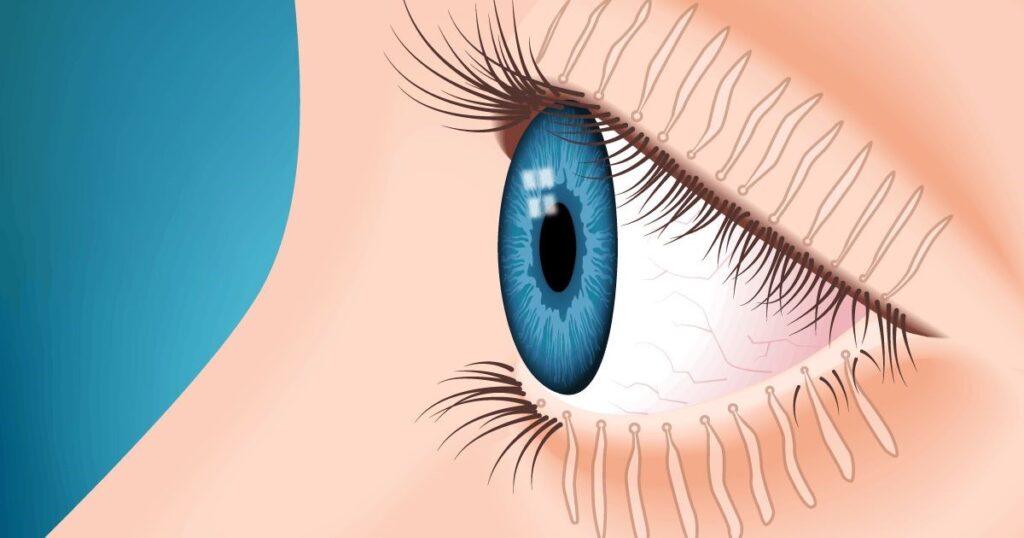
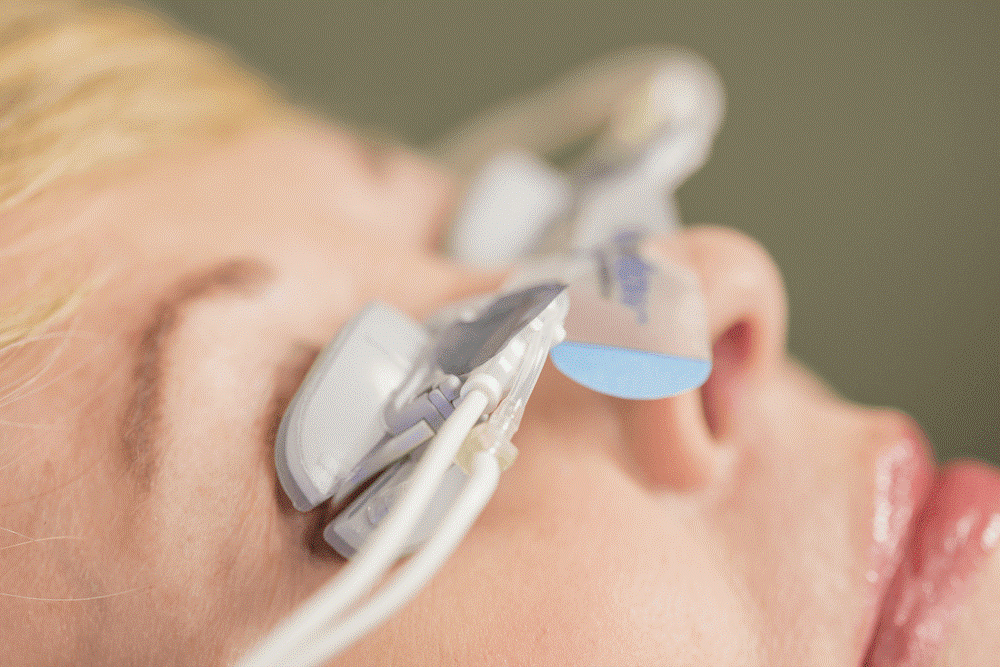
Lipiflow Thermal Pulsation
A machine-driven removal of oil build up in BOTH upper and lower eyelids with results that last longer than manual expression (MGE) alone.
Other Therapy Options
Neurostimulation
Punctal Plugs
Prescription Eye Drops
Wondering if you have Dry Eye?
Take the quiz below to determine whether you may have Dry Eye and to rate it’s severity.
Have you experienced the following symptoms within the last few weeks:
Dryness, Grittiness or Scratchiness?
No (0)
Some of the time (1)
Half of the time (2)
Most of the time (3)
All of the time (4)
Eye soreness or irritation?
No (0)
Some of the time (1)
Half of the time (2)
Most of the time (3)
All of the time (4)
Burning or watering?
No (0)
Some of the time (1)
Half of the time (2)
Most of the time (3)
All of the time (4)
Vision that improves with artificial tears?
No (0)
Some of the time (1)
Half of the time (2)
Most of the time (3)
All of the time (4)
Eye fatigue?
No (0)
Some of the time (1)
Half of the time (2)
Most of the time (3)
All of the time (4)
Have you experienced eye irritation performing any of these activities?
Reading or driving a car for long periods of time?
No (0)
Some of the time (1)
Half of the time (2)
Most of the time (3)
All of the time (4)
Watching TV/working on a computer for extended periods of time?
No (0)
Some of the time (1)
Half of the time (2)
Most of the time (3)
All of the time (4)
Calculate your score and review your results!
0-7 You do not display symptoms of dry eyes. However, even people without dry eyes may experience some symptoms if they do not take care of their eyes properly. Believe it or not, most people who have Dry Eye don’t even know it. With that being said, we screen for Dry Eye symptoms as part of our routine eye exam.
8-14 You display mild dry eye symptoms. If you experience symptoms after using digital devices, speak to one or our optometrists about blinking, the 20/20/20 rule, blue light anti-reflective, and computer glasses.
15-21 You display symptoms of someone that has moderate Dry Eye due to either chronic dry eye, Blepharitis or Meibomian Gland Disorder (MGD). Over time, dry eyes can have permanent effect such as damaging the surface of your cornea and affecting vision. We recommend scheduling a dry eye exam.
22-28 You display symptoms of someone with severe Dry Eye due to either chronic Dry Eye, Blepharitis or Meibomian Gland Disorder (MGD). Over time, Dry Eye can have permanent effect such as damaging the surface of your cornea and affecting vision. We highly encourage you to schedule a Dry Eye exam.
